Sound insulation
with system
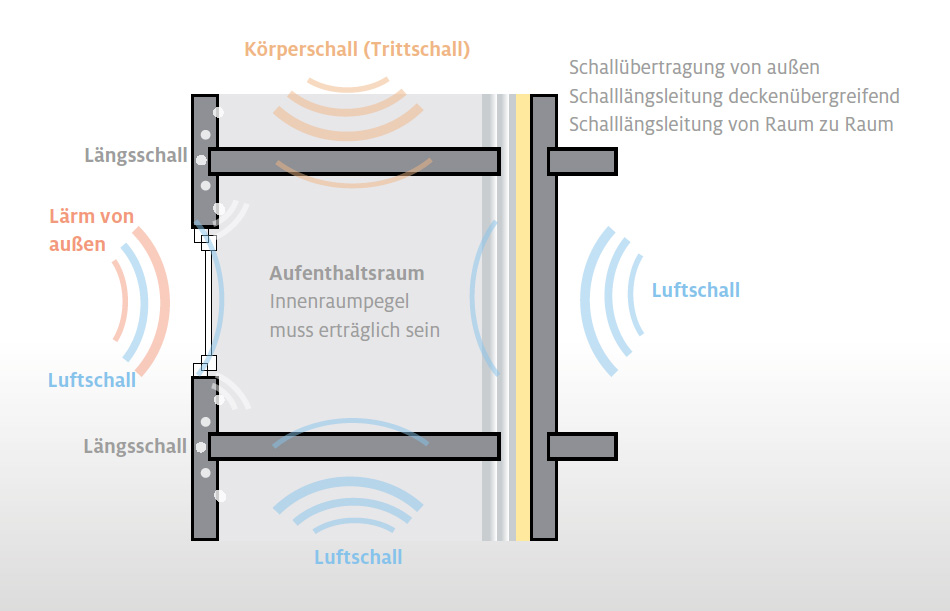
There are two basic types of sound.
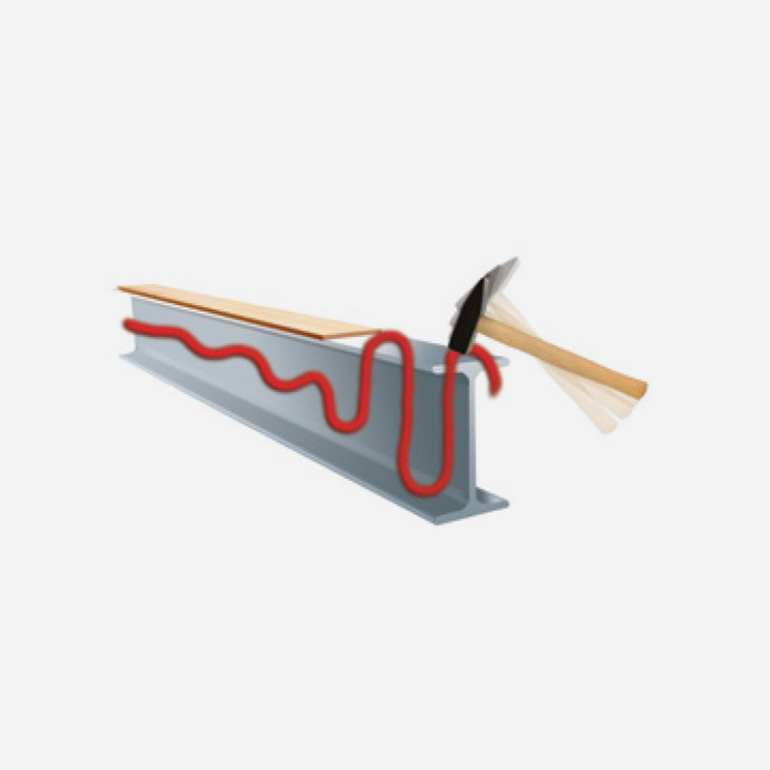
1. Structure-borne sound
Structure-borne sound encompasses various phenomena such as vibrations, earthquakes and the transmission of vibrations in buildings (impact sound, ventilation, rain pattering on the windowsill, vehicles, machines, etc.).
The bending waves excite the surrounding air into airborne vibrations and thus become audible to people. However, they can also be transmitted through connected materials, e.g. screed, concrete or steel structures, within a building or, in the worst case, between different buildings. A significant reduction in structure-borne noise is achieved, for example, by the direct separation of materials, such as with a floating screed without a direct bond to the masonry.

2. Airborne sound
Airborne sound refers to sound waves that propagate through the air. In physiology, this is referred to as air conduction. Airborne sound propagates through the air in spherical waves at a speed of 331 m/s. The intensity decreases with increasing distance from the sound source. The intensity decreases with increasing distance from the sound source. In common parlance, airborne sound is usually referred to as noise, e.g. road noise, aircraft noise, construction site noise. Good sound reduction of noise sources is achieved by using particularly dense materials, such as concrete or glass, as these materials have a high resistance to noise (airborne sound).
The Rw value (the weighted sound reduction index) is the characteristic value for window and façade construction. The required Rw value only takes into account the airborne sound transmitted via the components, façade, window and door. Sound transmission via secondary paths is not taken into account.
Together with Henkel, Fraunhofer IBP investigated these effects in detail between 2017 and 2020.
TEROSON Bautechnik offers TEROSON BT 2002 insulation mats that can be glued onto the metal panels to reduce noise. The insulation board products are impregnated wool felt boards, some of which are provided with a special additional damping layer with diamond embossing on the top to increase the structure-borne sound damping properties. They are used for efficient and weight-saving soundproofing of thin-walled sheet metal and provide an additional stiffening effect. Typical areas of application are façade elements, window sills, garage doors, but also ventilation and air conditioning systems and elevator cabins. These sound-absorbing boards are even used in mechanical engineering.
The sound insulation properties of windows depend primarily on the following factors:
The structure and thickness of the glazing.
- A greater distance between the individual panes increases the sound insulation of soundproof windows.
- If an insulating glass unit consists of panes of different thicknesses, this can also contribute to increased sound insulation.
- In the case of insulating glass, the gas filled into the space between the panes has an influence on the level of sound insulation.
The acoustic quality of the frame and sash (cross-section and structure of the window elements), whereby the overall construction of glass, seals and frame is of great importance.
High joint tightness between sash and frame and between frame and masonry.
Airtightness is crucial for sound insulation and sound transmission and therefore also for the tightness of the building connection joint. The insulating materials support joint sound insulation through their absorbent properties. The construction chemicals such as sealing foils and sealants therefore also seal the connection acoustically!
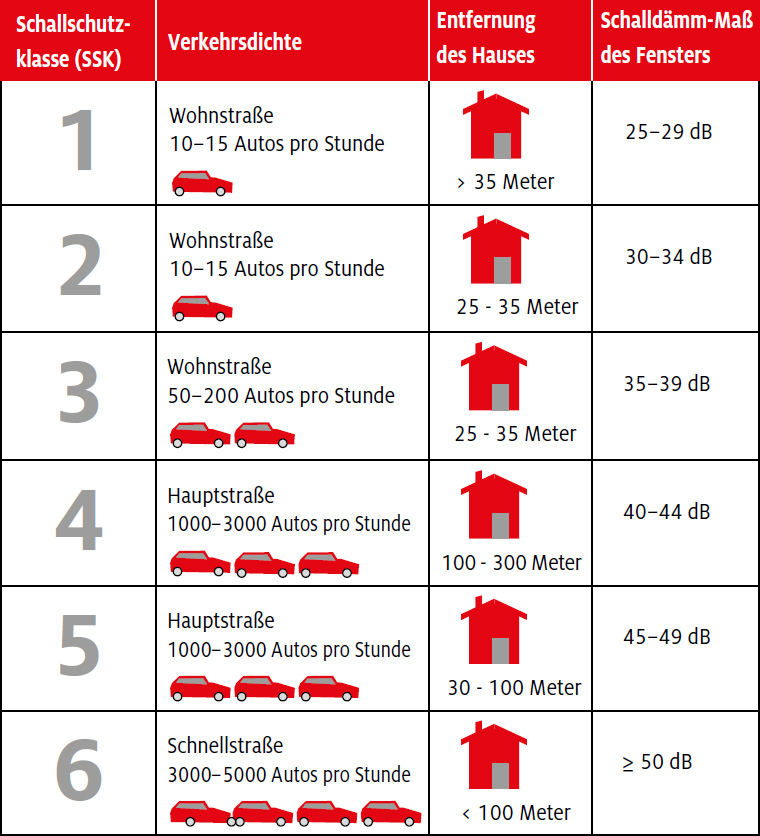
The sound insulation classes (SSK 1-6) indicate the sound insulation of windows in accordance with VDI guideline 2719.
Expert advice
- People perceive noise differences of approx. 10 dB as either half or double the volume of a sound and are therefore crucial.
- Sound insulation in the connection joint is crucial from SSK 3 and therefore relevant to planning. Airtightness is decisive for the sound insulation of the joint or for the SSK!
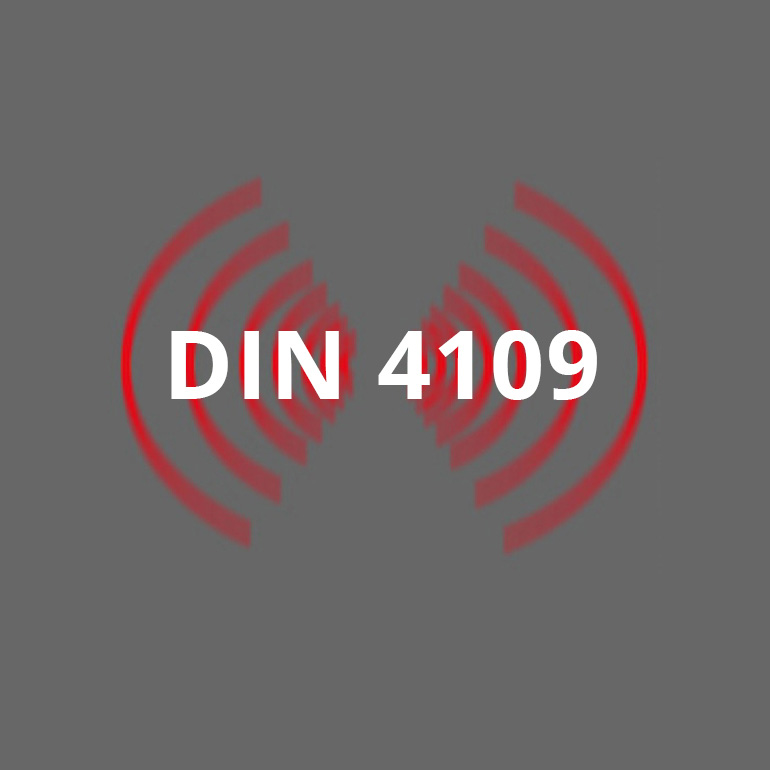
Sound insulation/noise protection requirements
Sound insulation requirements are placed on the entire external component when installed. In addition to the window, this applies to accessories such as roller shutter boxes and ventilators as well as the external wall including building connections.
The following regulations are used to derive requirements for the sound insulation of building connection joints:
- DIN 4109 – Parts 1, 2 and 35, 2016-07 – “Sound insulation in buildings”
- DIN 18005-1 “Sound insulation in urban development”
- VDI guideline 2719 “Sound insulation of windows and their additional equipment”
- DIN EN 12354 – Part 1 and 3 – “Building acoustics”
DIN 4109 deals with the protection of people in recreation rooms in all new buildings:
- Noise from other rooms
- Noise from building services installations
- External noise (traffic noise, commercial and industrial noise)
DIN 4109 is generally binding for new buildings, whereby the minimum sound insulation (in the sense of a lower limit) is described here, but higher requirements are common!
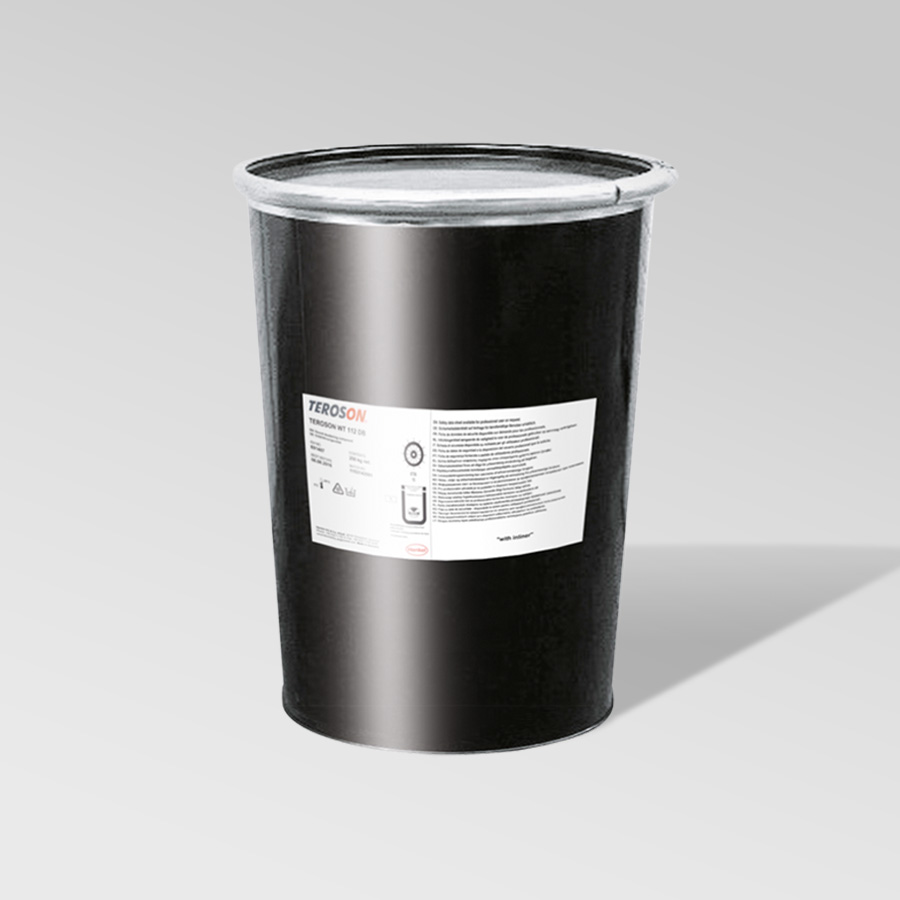
TEROSON WT 112 DB
The TEROSON WT 112 DB sound deadening compound is a trowelable and sprayable sound deadening compound based on aqueous synthetic resin dispersions with flame retardant additives. TEROSON WT 112 DB meets the highest fire protection requirements “non-combustible” (A2-s1, d0) according to DIN EN 13501.
The coating is used for soundproofing and structure-borne sound absorption in thin-walled sheet metal constructions such as facade elements, sheet metal constructions in vehicle, wagon, ship and apparatus construction as well as ventilation ducts, elevators and waste disposal systems, but also in container construction.
This might also interest you
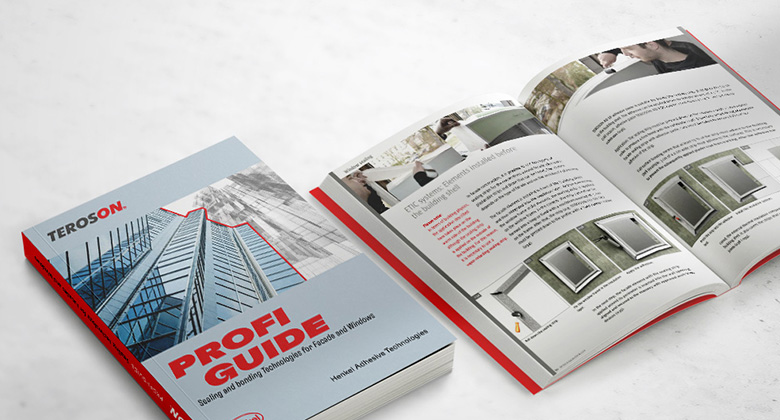
New TEROSON Profi Guide
The TEROSON Profi-Guide is the ultimate, easy-to-read reference work for waterproofing professionals.
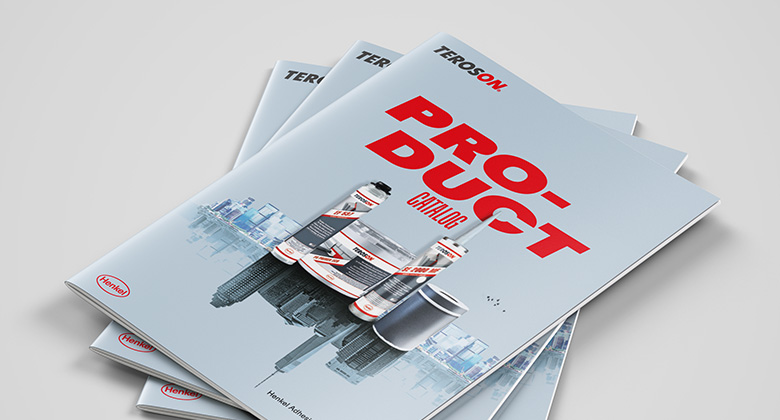
TEROSON product range
Download the TEROSON product programme and get detailed information about our products.
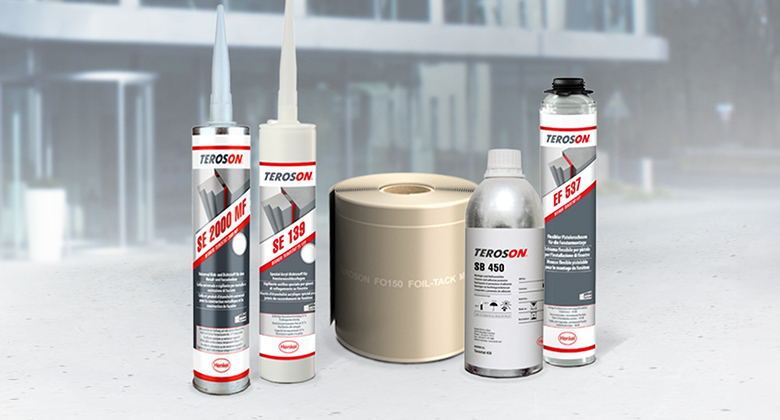
Products at a glance
From waterproofing to coating: Discover TEROSON's comprehensive range of products at a glance.
Do you need technical advice?
Our TEROSON team is at your disposal.
Get in touch with us!